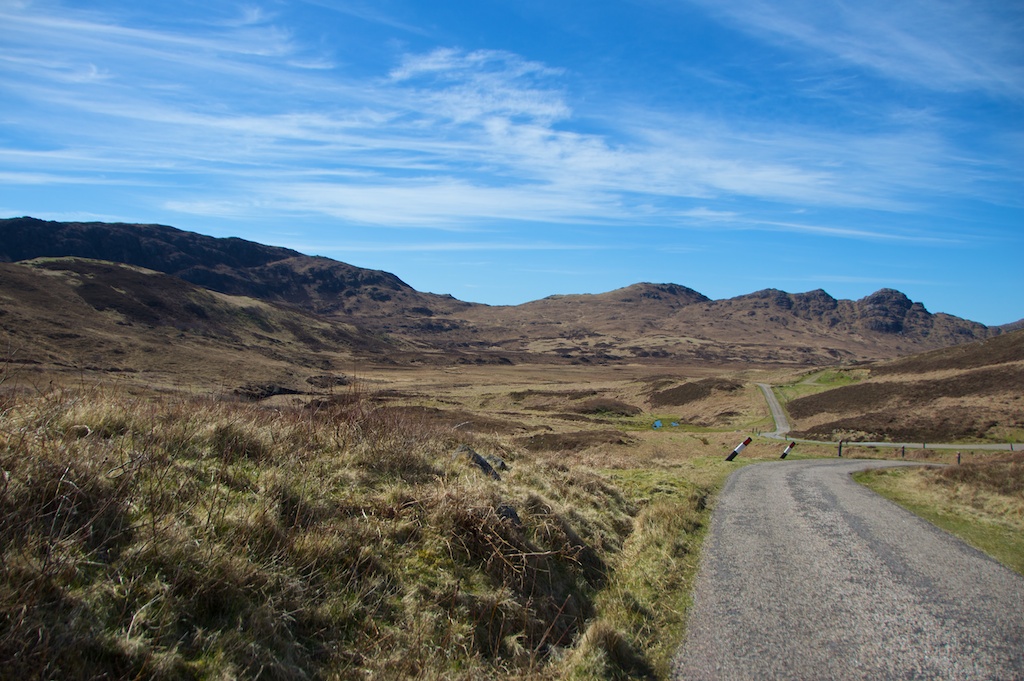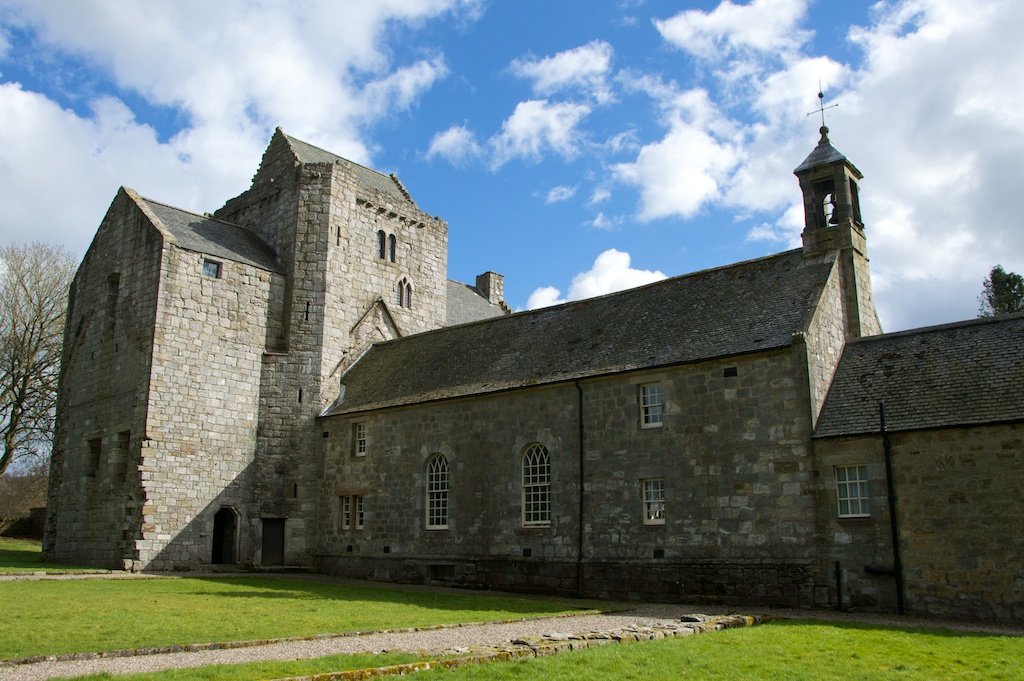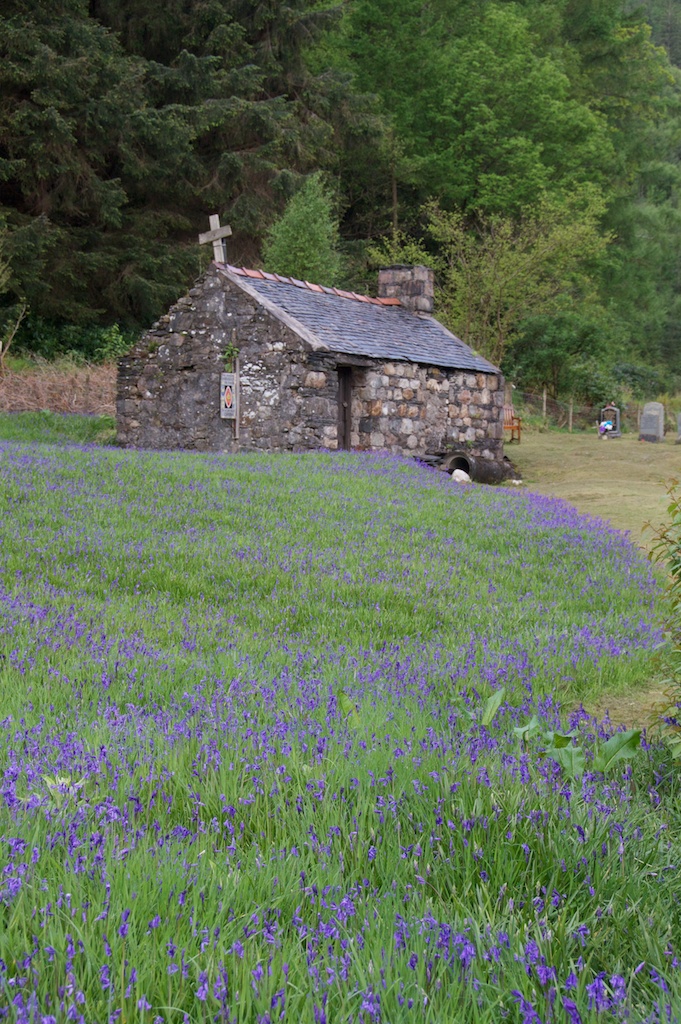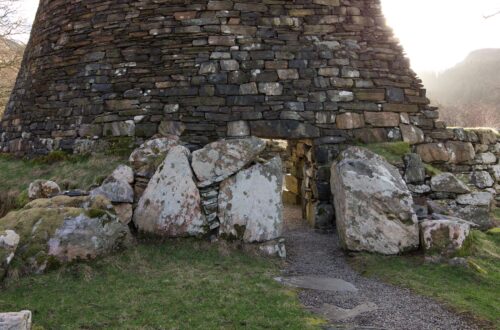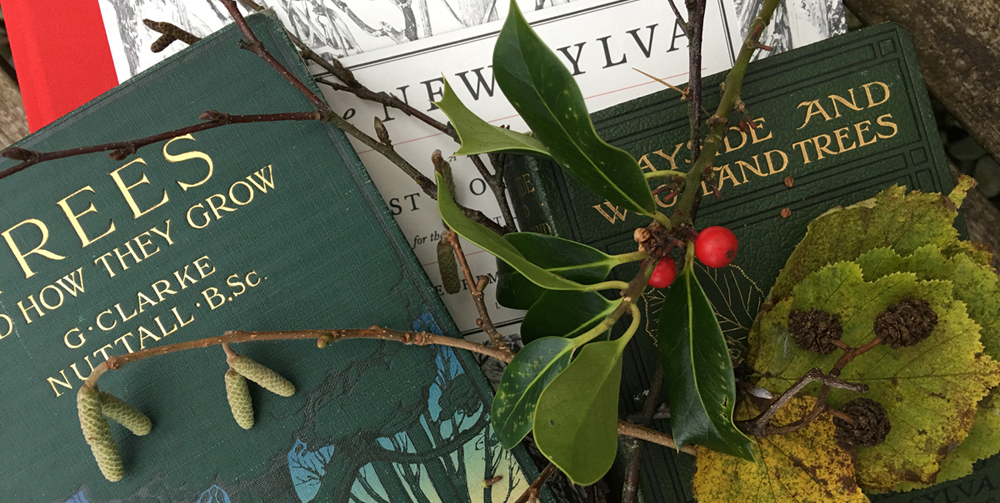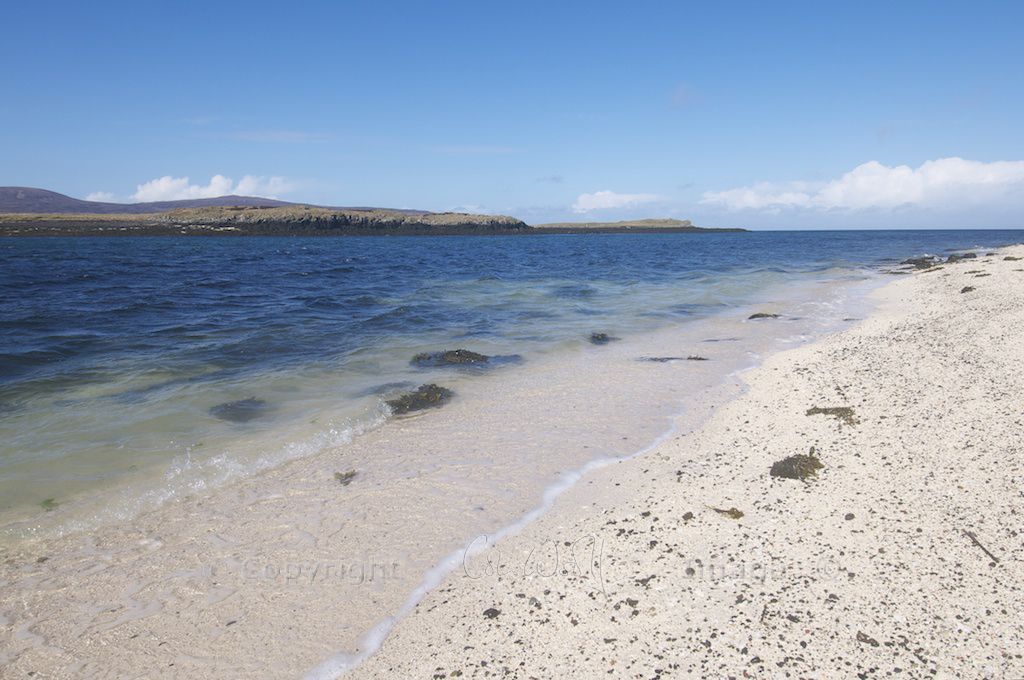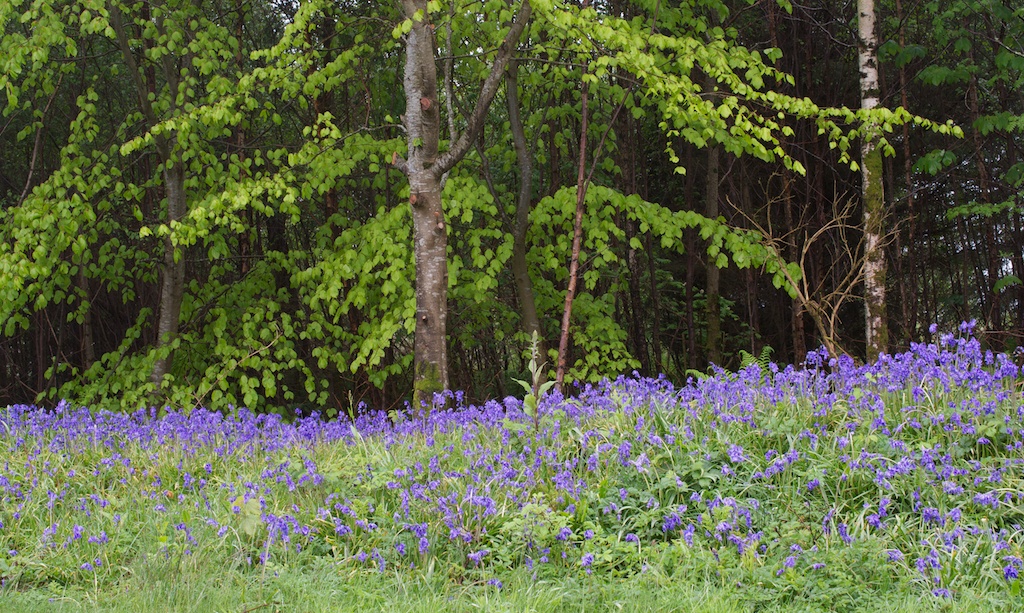
Bluebell enchantment
The sight and scent of a bluebell woodland is a joy I look forward to every year. In late April and through most of May, bluebells cast a haze of enchantment, beguiling our senses and persuading us to believe once more in magic.
Bluebells in myth and folklore
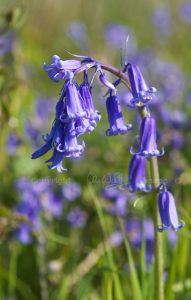 Until the 1970s, the bluebell’s Latin name was Endymion non-scriptus (it is now Hyacinthoides non-scripta). In Greek legend, Endymion was a beautiful but mortal youth who was lulled into an eternal sleep by his lover, the moon goddess Selene, so that he would never grow old and die.
Until the 1970s, the bluebell’s Latin name was Endymion non-scriptus (it is now Hyacinthoides non-scripta). In Greek legend, Endymion was a beautiful but mortal youth who was lulled into an eternal sleep by his lover, the moon goddess Selene, so that he would never grow old and die.
In folklore, bluebells were said to ring when fairies were summoning their kin to a gathering; but if a human heard the sound, it would be their death knell. Not surprisingly, it was considered unlucky to trample on a bed of bluebells, because you would anger the fairies resting there. There’s an interesting belief that wearing a garland of bluebells will induce you to speak only the truth.
Distribution
The bluebell is present everywhere in Britain except Orkney and Shetland, and its range extends across western Europe from central Spain to the Netherlands. The UK contains up to 49% of the world’s population of bluebells; although they are threatened by habitat loss, a number of large-scale planting schemes are helping to combat the decline.
 Bluebell wood © Craig Churchill
Bluebell wood © Craig Churchill
Bluebells in ancient woodland
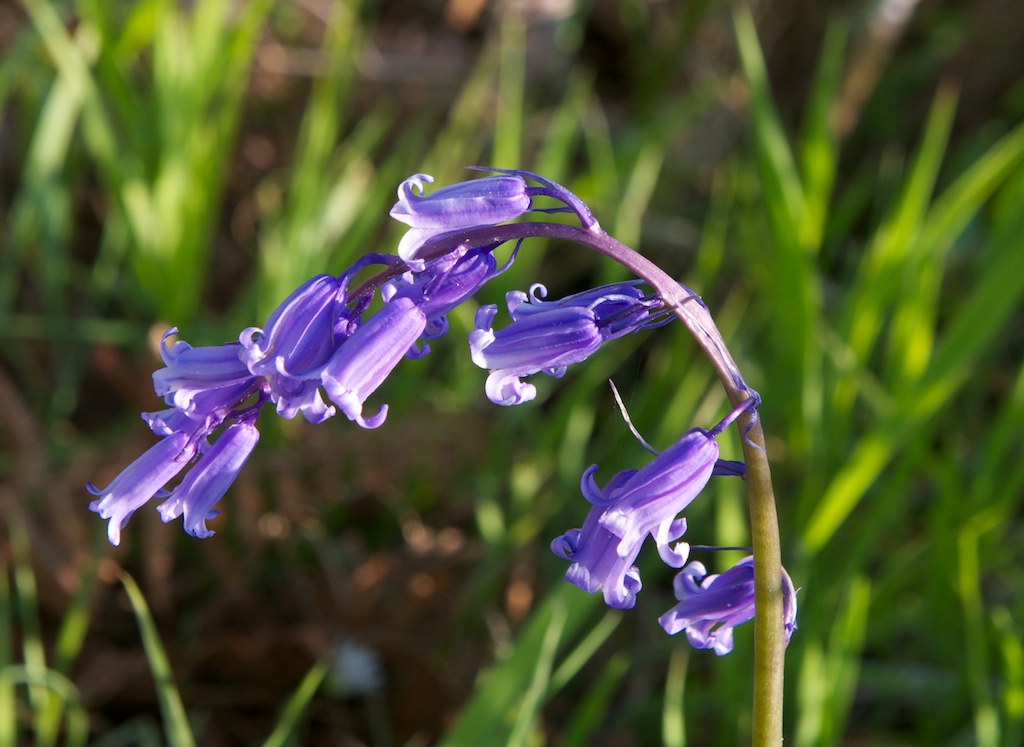 The bluebell is one of the ‘indicator species‘ of ancient woodland, meaning woods that have been in existence since at least 1600; the Woodland Trust considers that some bluebells may even mark remnants of the original wildwood that covered Britain after the last Ice Age.
The bluebell is one of the ‘indicator species‘ of ancient woodland, meaning woods that have been in existence since at least 1600; the Woodland Trust considers that some bluebells may even mark remnants of the original wildwood that covered Britain after the last Ice Age.
Fun facts
The bluebell is the flower of St George, as it usually starts to bloom around St George’s Day on 23rd April. Its sap was once used in bookbinding because it would repel attacks by insects, and in early times it was also used to glue the feathers on the shaft of an arrow.
Remember…
All parts of the bluebell plant contain toxins, and the leaves have been known to cause digestive problems in cattle and horses. Touching its sap may cause dermatitis.
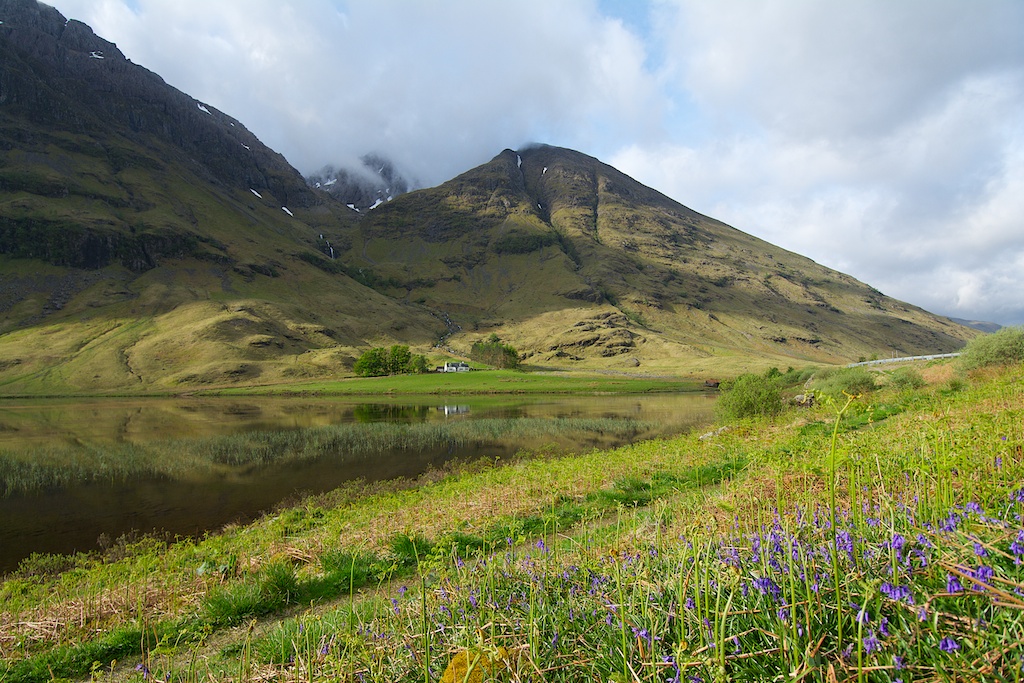
Native bluebells and Spanish bluebells
Britain’s native bluebells are sometimes confused with the invasive Spanish bluebell, Hyacinthoides hispanica. Unfortunately, the Spanish bluebells which have ‘escaped’ from gardens are now forming hybrids with native ones, creating a plant that has characteristics of both but not quite the same drooping habit or deep violet-blue colouring. You can read more about how to tell them apart, and how to avoid perpetuating the problem, in this article from Plantlife.
Bluebell woods to visit
Here are some lists of the best-known bluebell woods, but there are many hundreds more!
- Scotland: The Woodland Trust
- England and Wales: The National Trust
Bluebells near an old chapel in Ballachulish, at the foot of Glen Coe. Read more about this lovely old place here on The Hazel Tree.
Photos © Colin & Jo Woolf except where stated otherwise
More spring beauties…
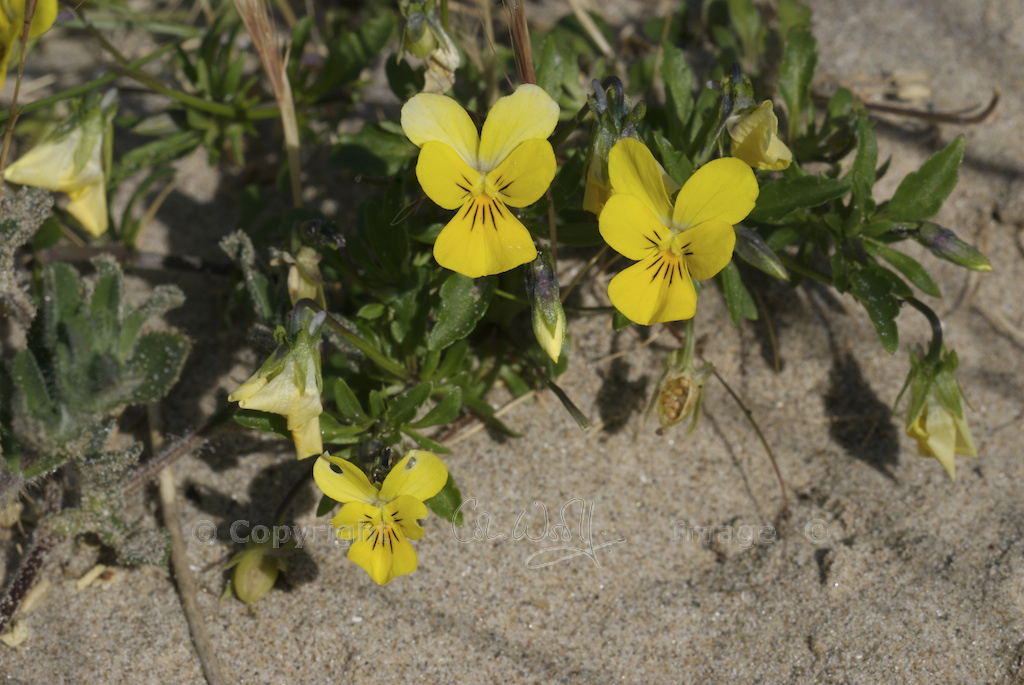
- Wood sorrel
- Wild pansy or heartsease
- Harebells – the ‘blue bell of Scotland’
- Windflower or wood anemone
- Early purple orchid
